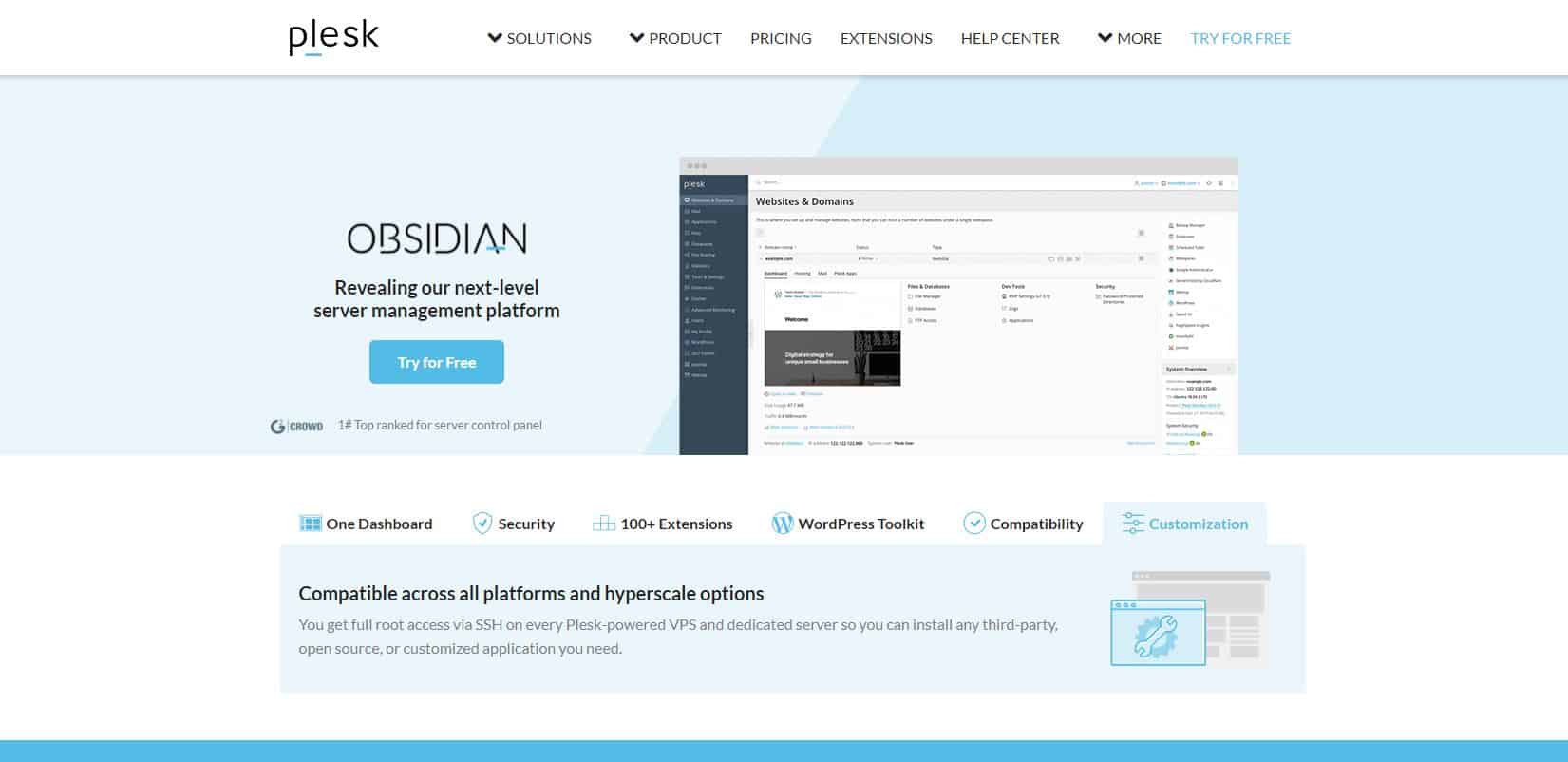
cPanel vs Plesk – Which is Better
Both the above are web hosting control panels. Both are the most favorite web hosting control panels, and they take care of the majority of your needs in this field.
Web Hosting Control Panel – What is it?
It provides an interface of web-based tasks through which you can manage your setup of web-hosting. The interface is of a graphical type that enables easy grasping, and the user need not understand the working for its practical use.
You can carry on the below-mentioned tasks using the hosting panel:-
> Manage domain names
- files on the server
- email accounts
- databases
> Check server statistics
> Ensure server security
> Install server software
The popularity of these contras; panels lies in the fact that they carry out the above tasks and their functioning is simple and easy to understand. The end-user becomes able to carry out the majority of functions of server management independently.
cPanel and Plesk compared
cPanel was released in 1996, whereas Plesk in 2001. cPanel was compatible with Linux only; hence Plesk was introduced for Windows-based servers, it has versions for Linux.
To compare both the options, the first and foremost factor is the dashboard.
- – Which is more user-friendly than the other?
- – If you want to look at the interface in a particular way, do you have the options to design it and quick links to different items and customization?
The below-mentioned comparison of dashboards can make the picture clear.
cPanel Dashboard

The hosting companies and resellers can customize fully according to customers’ requirements of selected features, and the same can be highlighted. Over the years, the interface has been updated regularly with necessary modernization and improvements; hence it’s clutter-free.
The dashboard is partitioned into many sections like Databases, Domains, Files for the users’ convenience. The buttons to different areas are easy to locate.
cPanel has dropped the usual menu, and all necessary items are displayed on the dashboard. This design does take more space, but it provides all options to the users who are relieved from clicking multiple menu items. cPanel consists of main categories like Files, Databases, Domains, Email. Apart from this, you can view general information such as your home directory and statistics. The search bar has been provided for the faster location of a function. You can say that channel is like a systematic list of essential links.
The modules of cPanel function with Metrics, Security, and Software.
You can alter the order of the modules as required. There is a facility to hide the buttons which are less used.
The layout may not look like the configuration of a model website of the present time; still, one can get used to it easily and quickly. Many people have found that it’s easier to find a required button on the cPanel dashboard than Plesk.
Plesk Dashboard

Plesk Dashboard is very different from cPanel; it resembles WordPress up to some extent. Plesk Dashboard’s interface has a more updated approach to the design in sync with the standard website design and systems of content management.
The main menu is placed on the left side containing buttons for subscriptions, customers, domains, and more. To have easy and quick access to the desired option, “Quick View” modules have been placed on the page’s centre. It contains various valuable shortcuts to details of subscription, hints, and an overview of the system.
The Quick View module can be customized, enabling you to prioritize your options as per your need. One unique feature of Plesk is that it has segregated different items as per categories like Server Management, hosting services. For an average user, it’s easier to navigate on the Plesk dashboard than on cPanel Dashboard. The flip side is the number of new features increases, and one may forget the hidden buttons.
It is not easy to give a clear decision based only on the analysis of both system dashboards.
A convenient dashboard for hosting the control panel is undoubtedly desirable, yet more critical is feature-wise what the control panel can offer. The installation of WordPress should be easy; you should be able to back up and transfer the files from the dashboard itself. In short, both systems’ comparison has to be done considering overall features and the cost.
For resellers, cPanel has better features. For regular businesses that may expand in the future, it provides an extension database. It’s important to note that both systems offer essential features like one-click WordPress installs, email address management, database access.
Pricing of cPanel vs Plesk
Both systems have a different pricing pattern, and you should consider all aspects like features required, size of your business, future expansion and so on. For bulk accounts, discounts are available. In the case of cPanel, pricing partner licensing is very important. cPanel also provides enhanced packages which include extensions also.
Plesk offers discounts throughout the year. You can save substantially by selecting the option of yearly payment.
Web server Types
Both systems provide support for virtual private servers and dedicated servers.
Scripting Language Selection
Both platforms have specific similar scripting language and certain different ones. If you are keen to use a particular scripting language, you have to select the platform accordingly.
Databases
Both platforms provide commonly used databases; it depends upon the preference of the user.
The final verdict depends upon the overall requirements of the user. Still to summarise main differences —
cPanel displays everything on one page, whereas Plesk has a modern design with a menu and consolidated settings.
Plesk has better pricing overall.
For large businesses, hosting companies, resellers and bigger agencies, cPanel has a stronger infrastructure.
